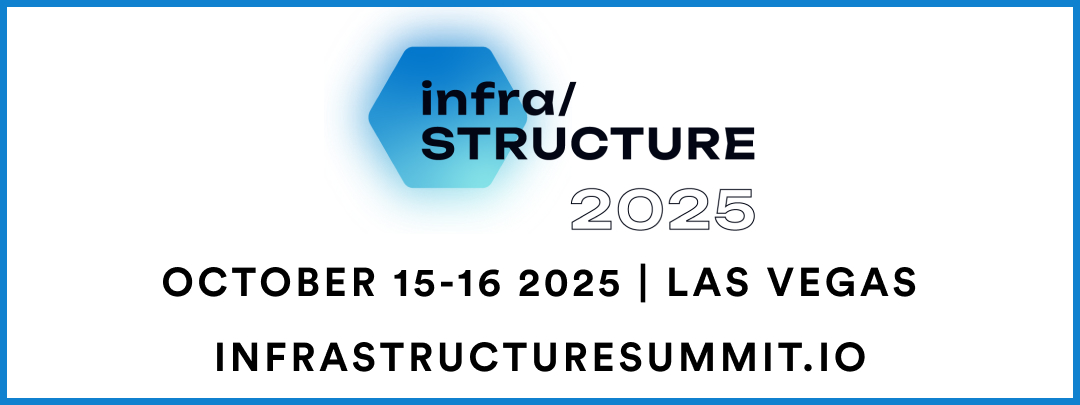WSS: DeepSeek sparks overreaction, unwarranted fears of wider sector headwinds; will have more benefits than negatives
A busy week was dominated by Chinese startup DeepSeek releasing a new AI chatbot that is said to be highly effective and comparable to existing technology, but built for a fraction of the cost and without cutting-edge GPUs produced by NVIDIA. The technology, backstory and details behind it have not been fully substantiated (and there is plenty of reason to believe the claims are potentially exaggerated), but it was enough for the market to take a collective freak-out as the implications would be far-reaching for demand and consumption of data centre and hyperscale cloud infrastructure.
We took a closer look at the development and our initial thoughts are …. let’s all take a deep breath. Yes, demand may well be moderated, but this is going to be relative to where things have been headed. And that may well be a good thing for a number of reasons. Technology can and will improve and the idea of throwing more compute at AI training models is something that needs debate and analysis. There are also implications for the growing number of speculative and ‘fake’ data centre projects, and the pressure being put on utilities, capital, the supply chain and the environment. The sector has been in need of a reality check and this could be one of those proverbial inflection points. But our sense is that the good outweigh the bad. In a nutshell, cloud growth and data centre demand is not going away, and it surely is not going to fall off a cliff.
The DeepSeek revelations happened about a week after the project dubbed Stargate was announced. The actual data centre and infrastructure behind this is something that has already been in the works for some time and brings together the likes of Lancium, Crusoe Energy, OpenAI and Oracle Cloud, along with Blue Owl Capital, Primary Digital Infrastructure, and others. There is a lot of noise around the project, but it boils down to a 200MW first phase being built in Abilene, Texas to support hyperscale cloud housing AI. The capital has been assembled and the goal is to build out the first clusters and expand from there. Setting aside the fanfare, this is going to be a good snapshot of how major AI platforms will end up consuming public cloud and driving data centre infrastructure demand. It is tangible and far from fake.
Of course, not everyone is bullish on the sector’s prospects. Renowned short seller Jim Chanos made waves a few years back saying that hyperscalers would take over the data centre sector and leave scraps for existing colocation operators. Needless to say, things have not quite played out that way. But Chanos is back at it again, and believes the sector is at the point of being over-built. His comments came before the DeekSeek development, but are the product of oversimplistic thinking (again) that does not accurately consider the nuances driving demand and the overall value proposition of the sector. This prediction will likely end as badly as the first one.
There was significant development activity across a range of geographies that speak to how much more long-term growth potential the sector has. There have been a number of operating groups – CtrlS, STT GDC – targeting the market in Hyderabad, India of late, while AWS is set to build more here as well. The was also activity in the Middle East. The public sector in the UAE is looking to consolidate its data centre footprint and move to cloud, while KKR expanded its hyperscale data centre portfolio to the region with a commitment to invest up to $5b in Gulf Data Hub. GDH has ambitions that span across multiple countries in the the Middle East region.
There was also plenty of activity in the US. PowerHouse Data Centers shared an update on its project in Charlotte and STACK Infrastructure revealed plans to build a large gigawatt-level campus in Northern Virginia. Meanwhile, development activity has started to move into the southeast region of the US. Meta is building a large data centre campus in Louisiana and Compass Datacenters is set to invest up to $10b to build a new campus in Mississippi. We take a closer look at how locations in the US could end up drawing parallels from the emergence of Columbus, Ohio as a hyperscale hub.
Meta is building aggressively and is guiding to $60-65b in CapEx in 2025. The seeds for this were sowed a few years back when Meta conducted a fundamental redesign of its data centre architecture. This put its data centre builds on hold, but it is now back in action. One of the results of this redesign is a new network architecture meant to support AI inferencing. There is evidence that this is being rolled out in a number of data centre colocation environments in 5-10MW increments. This development is a good example of the edge-hyperscale segment’s potential and with everything that has happened, could well be the sweet spot for operators and investors to go after instead of the gigawatt-campus, which will be limited to those with elite levels of capital resources, track records and operating acumen. More than ever, this week showed what we argued in Vegas – that the cream will rise to the top – is going to be materialize sooner than later. Things are starting to accelerate in that direction and DeepSeek is only the first or more things to come.
Speaking of Vegas and our infra / STRUCTURE summit, we are set to open registration today with early bird pricing. This year’s event is shaping up to be the biggest ever and it looks like there will be no shortage of things to discuss if this week was any indication.
or



